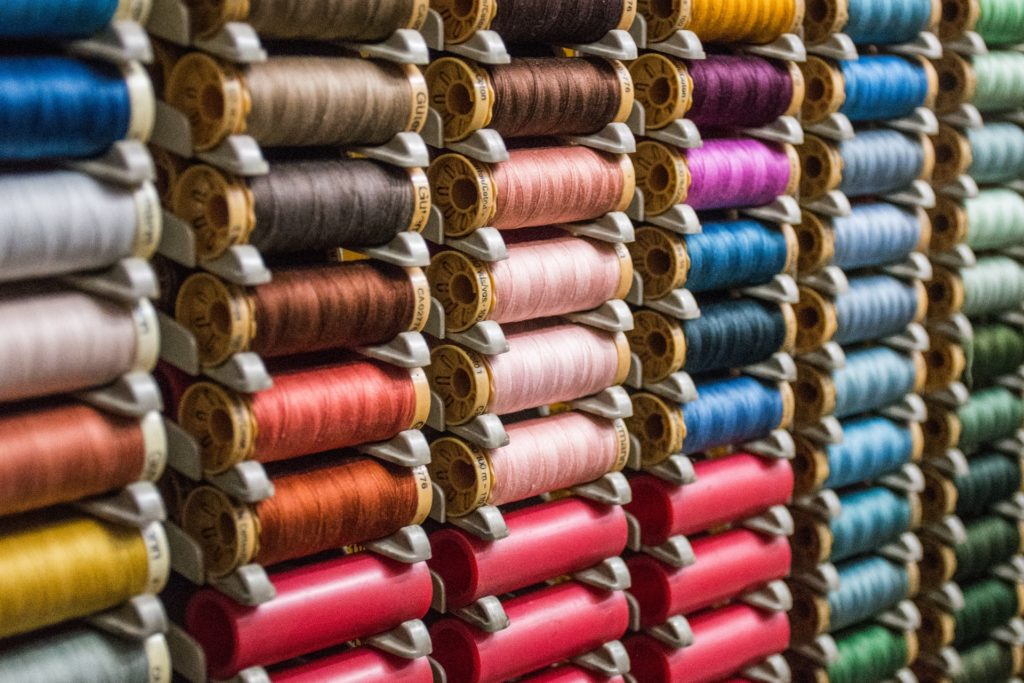Embroidery digitizing involves taking a computerized image of your design and transferring it to the embroidery machine. This can be a difficult process, especially if you don’t know what you’re doing. The best thing to do is hire a professional to do it for you. This is especially true if you have an intricate design. Hiring a professional is well worth the price in the long run!
Digitizing services can be complex, but they’re worth the effort. A good digitizing company will make sure your design is the best it can be before sending it to the embroidery machine. You can’t always be there to supervise their work, but you can trust them to do a good job. Using a digitizing service allows you to follow your dreams of making your own hand-embroidered designs!
CHOOSING YOUR STITCH TYPE
There is a wide range of join types that are utilized to achieve various looks, and surfaces, from there, the sky is the limit. Each line type has the greatest join length that should be thought about. You ought to likewise consider texture type and the “move back and forth” of the article of clothing while choosing your join types. Here are the 3 most normal machine weaving join types.
STRAIGHT STITCH
Embroidery digitizing has grown in popularity and demand as of today. The reason for this is the creation of new embroidery digitization and sewing machine. This type of machine makes stitching more practical and efficient when creating different types of embroidery digitization.
While the design and creation of embroidery, and digitized stitching are not new, the new machine and the changes in the market have made this something that more and more people want to pursue. Whether you want to work from home or start a business from scratch, digitizing your embroidery is a good choice.
SATIN STITCH
Satin stitch is a type of stitch that is produced by passing the needle which carries the thread under the cloth of the material to be embroidered and then over the material to make a loop. The thread is passed under the material at definite intervals and is carried back over the material again in the next vertical line producing a smooth satin-like appearance. The regularity in the spacing of the stitch determines the quality of the finished work.
FILL STITCH
Fill stitch is also called the tatami stitch or the ceding stitch, it is normally used to fill in patterns, the same as its name means. Fill stitches use alternating lines to give the embroidery a woven appearance. It expends stitch length up to fill stitches is 4mm. It is most normally employed for
- Filling in blank space
- Creating a textured look
- Larger designs
- More durable applications

